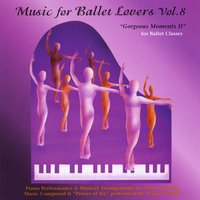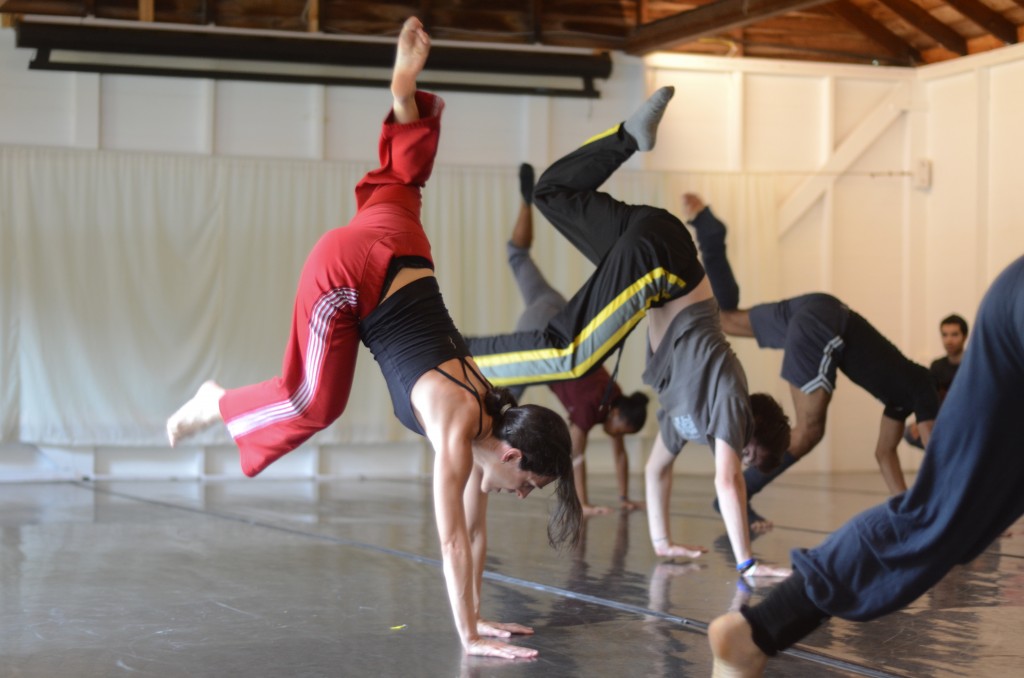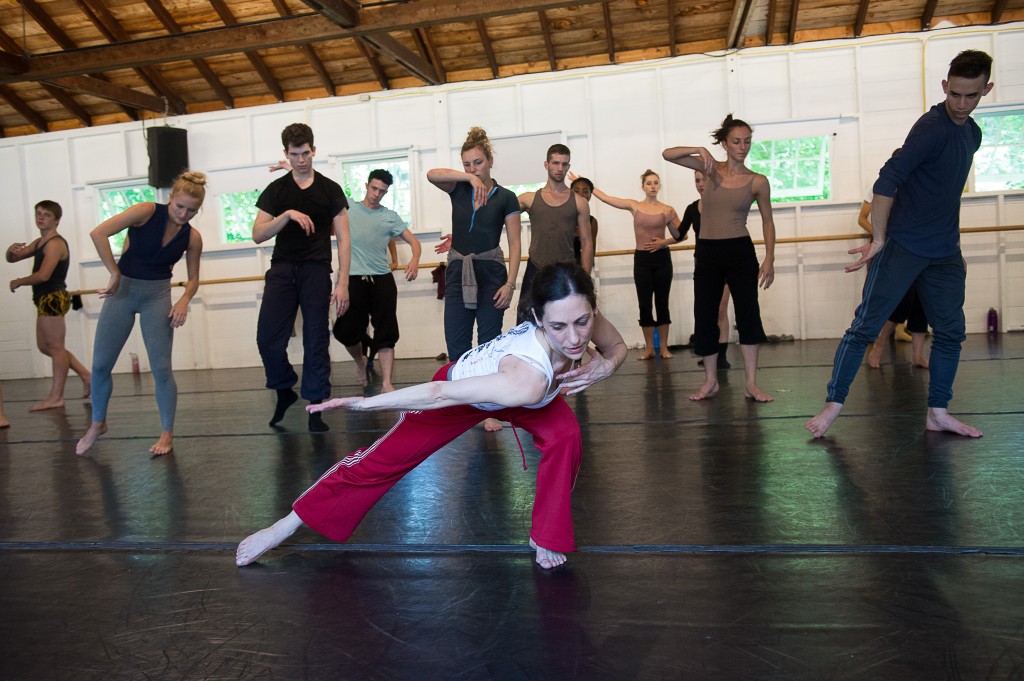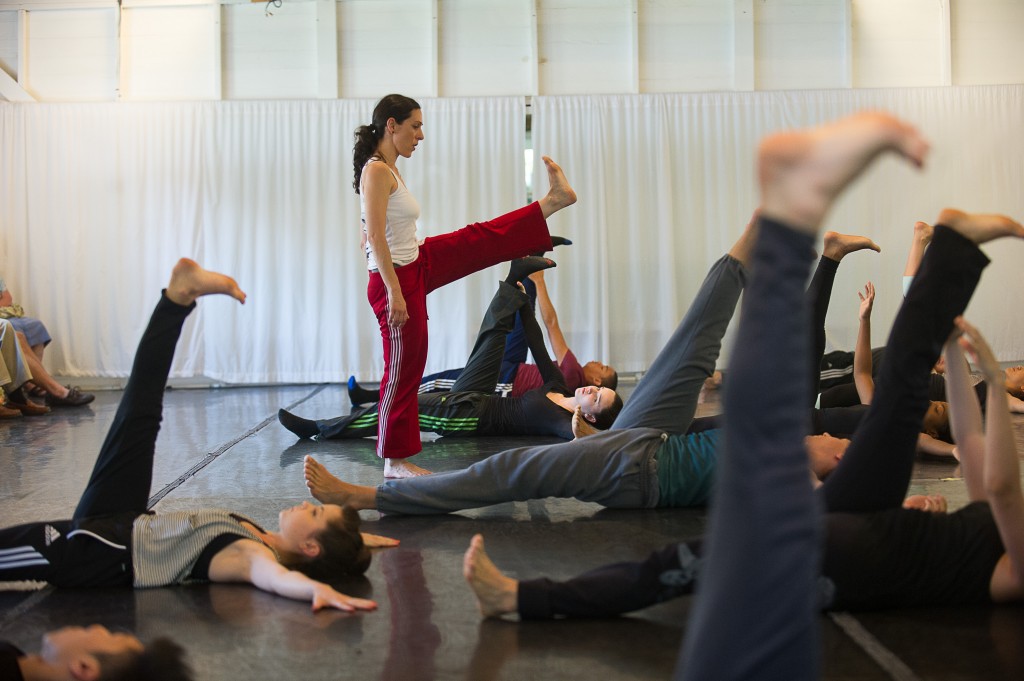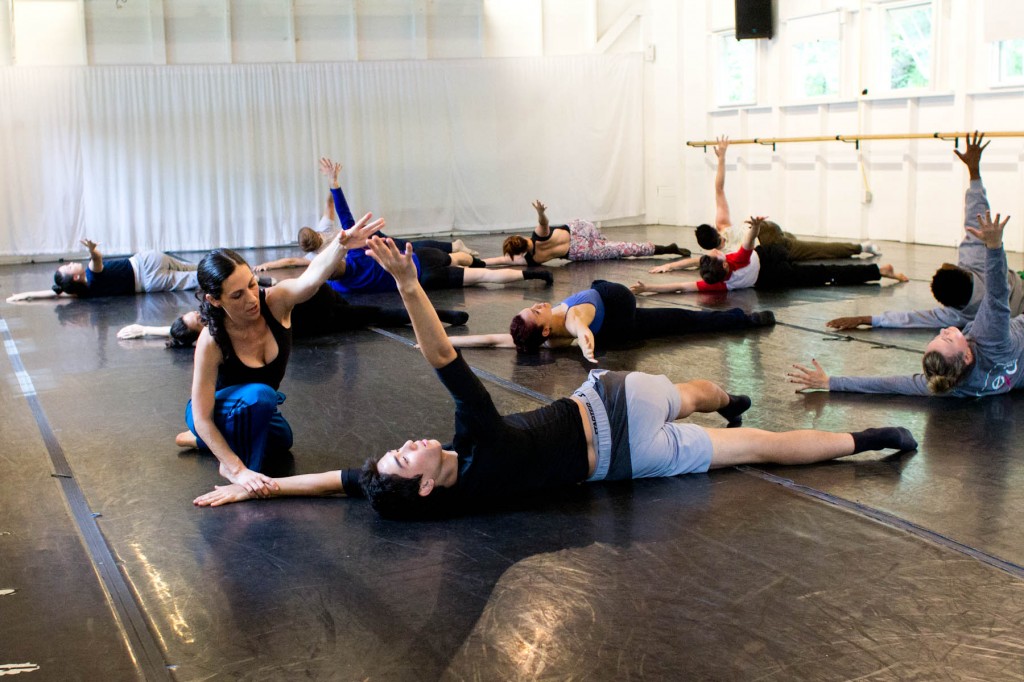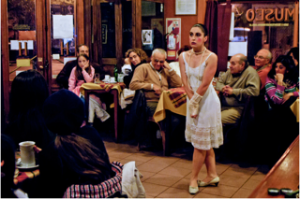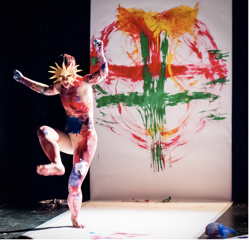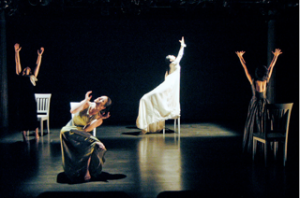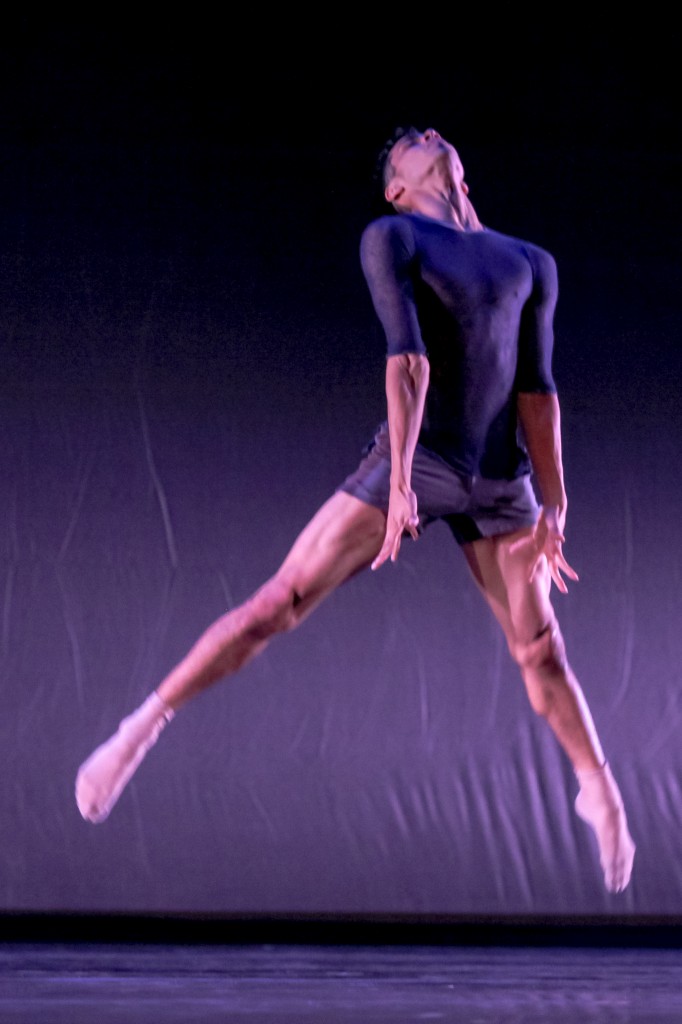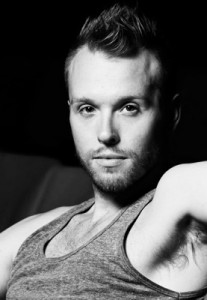by Nel Shelby
Our dance video team is always thrilled to film the Vail International Dance Festival. Artistic Director Damian Woetzel makes sure every night has a beautiful performance on their outdoor stage in the mountains. It’s our job at Nel Shelby Productions to create dance videos as quickly as possible, for those of you who can’t attend to get a real look at the talent onstage.
The performances at Vail International Dance Festival just get better and better each year!! The festival’s International Evenings are some of the most exciting to film, so I just have to share these dance videos with you.
FIRST UP: STREET DANCE VIDEO FROM VAIL’S INTERNATIONAL EVENINGS
Lil Buck is always a crowd-pleaser, and Damian Woetzel and Lil Buck are a great team. This year, they crafted a really beautiful piece featuring Lil Buck, King Charles, Stringz, and Ron Prime Tyme Myles.
NEXT, TILER PECK MAKES HER DEBUT IN TWO BALLET ROLES
Audiences can’t get enough of Tiler Peck, and if you watch the dance video of her two debut roles during International Evenings, it’s easy to see why.
VIDEO HIGHLIGHTS FROM INTERNATIONAL EVENINGS
Contributor Nel Shelby, Founder and Principal of Nel Shelby Productions, is deeply dedicated to the preservation and promotion of dance through documentation of live performances, fully edited marketing reels, live-stream capture, and documentaries and films that encapsulate the essence of nonprofit organizations.
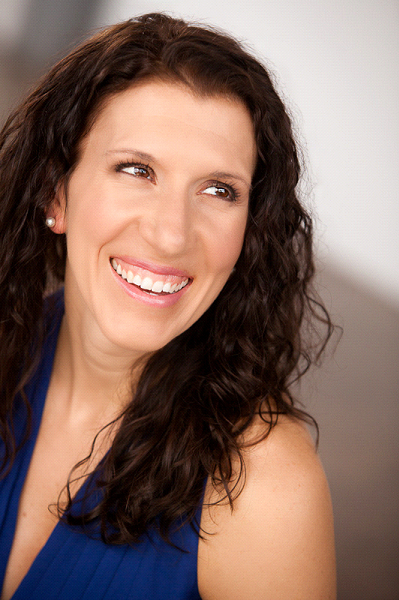
Her New York City-based video production company has grown to encompass a diverse list of dance clients including American Ballet Theater II, Bill T. Jones/Arnie Zane Company, Gallim Dance, Gotham Arts, Kate Weare and Company, Keigwin + Company, Monica Bill Barnes Company, The New York Public Library for the Performing Arts, Shen Wei Dance Arts, Wendy Whelan and many more. She has filmed performances at venues throughout the greater New York area including The Joyce Theater, New York Live Arts, Lincoln Center, Symphony Space, St. Mark’s Church and Judson Church, to name a few.
For nearly a decade, Nel has served as Festival Videographer for the internationally celebrated Jacob’s Pillow Dance Festival in the Berkshires. Each season at the Pillow, Nel’s responsibilities include documenting aspects of festival culture in addition to its 20 mainstage dance performances, filming and overseeing documentation of more than 100 free performances and events, managing two dance videography interns and an apprentice, and educating students about the technical and philosophical aspects of filming dance.
She also serves as Resident Videographer at the Vail International Dance Festival where she spent her first summer creating five short dance documentary films about the festival in addition to documenting its events and performances. Her longer-form, half-hour documentary on Vail’s festival, The Altitude of Dance, debuted on Rocky Mountain PBS in May 2013.
She has created four short films for Wendy Whelan’s Restless Creature, and she collaborated with Adam Barruch Dance to create a short film titled “Folie a Deux,” which was selected and screened at the Dance on Camera Festival in New York City and the San Francisco Dance Film Festival. She is making a dance documentary featuring Nejla Y. Yatkin, called Where Women Don’t Dance.
Nel has a long personal history with movement – she has a B.A. in dance and is a certified Pilates instructor. She continues to train with world-renowned Master Teachers Romana Krysnowska and Sari Pace, original students of Joseph Pilates. In addition to her dance degree, Nel holds a B.S. in broadcast video. She often collaborates with her wonderful husband, dance photographer (and fellow 4dancers contributor) Christopher Duggan on creative projects with dancers in New York City and beyond. They live with their beautiful daughter Gracie and son Jack in Manhattan.





